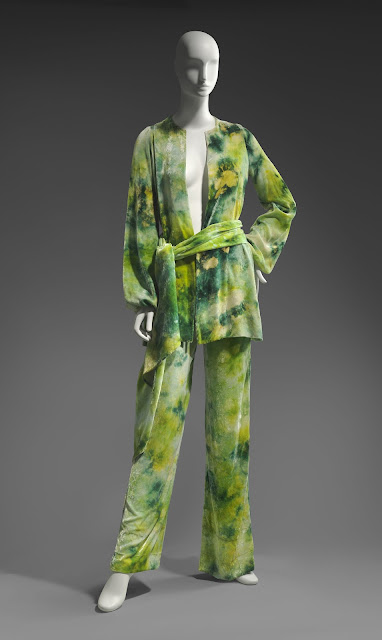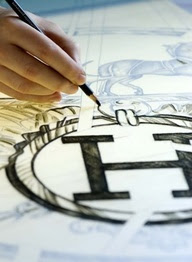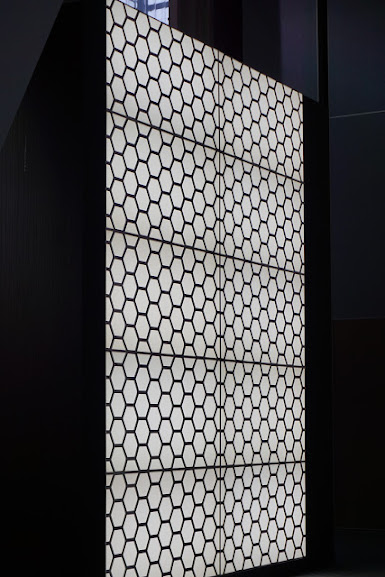A Pandemic & Tie-Dye: The History Of The Design We Love!
 |
| Let's talk about the popularity of Tie-Dye Today |
According to Glamour magazine,
"Tie-Dye Has Officially Replaced Florals as the Print of Spring and Summer. Your quarantine uniform might be here to stay."
One of the more light-hearted trends that took hold with the “Millennial” crowd during the recent COVID-19 pandemic and subsequent quarantining of many citizens, was Tie-Dye. I loved seeing twenty-somethings around the country take to dying their sweatshirts in their bathtubs or in their yards, then posting it on social media. It illustrates how we are still connected while spreading positive vibes during an unsettling time. How cool, and it brought me back to my youth when Tie-Dye first became fashionable. It was the 1960s, and during an incredible change in America. The timing could not have been more perfect for a modern looking, abstract design with bright and sometimes neon colors.
The long history of Tie-Dye dates to the 6th century...
The Tie-Dye of my youth took simplified techniques from an ancient dying process going back to Japan, India and Africa. In the 6th century, silk and hemp fabric were dyed extracting the colors from leaves, root, flowers, twigs and berries. In the 8th century in Japan, Shibori techniques were implemented using elaborate steps to dye fabric in order to make gorgeous Japanese kimonos. First they wrapped the cloth around wood to bind it with string or thread.
 |
How to do it...
Tie Dye in the 1960s and 70s was seen everywhere- from t-shirts, shorts, towels and curtains. The design was printed on posters for concerts and even in commercials. It became every teenager’s normal arts and crafts past-time. The process works by tying off (either with rubber bands or string) sections off the cloth to stop the bleach or dye from getting on that area. Then dipping the cloth in colored water or bleached water (if it's a dark cloth) you produce the desired design. Depending upon where and how you tie up the cloth and the colors used, there are infinite patterns and designs as a result.
Who made Tie-Dye popular here in the States...
American company RIT was behind the marketing campaign which helped this aesthetic take hold in the 60's. They channeled the cool vibes of the progressive movement bubbling up in New York City's Greenwich Village at the time. First they marketed to the fashion world, and designer Halston picked it up in his runway shows and collections, and soon mainstream America was in love. The music industry pushed the movement forward when rock stars like Janis Joplin started wearing Tie-Dye in psychedelic colors, then later the iconic band leader Jerry Garcia of The Grateful Dead personally took on the design as part of their branding. “Dead Heads” which were groupies of the band who traveled around the country to watch them play, started donning Tie-Dye t-shirts with the band’s logo. We never looked back.
It’s quite interesting to see life come full circle. That something so dark and sad as a pandemic can inspire the younger generation of today in a small, yet positive manner. It's refreshing to see kernels of goodness come out of such a trying time.
Happy Nesting
XO Tamara











